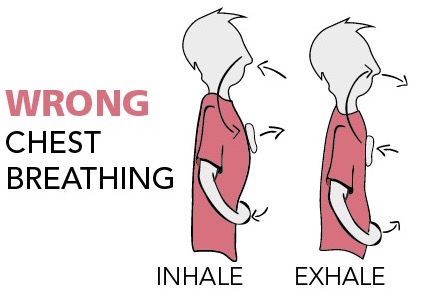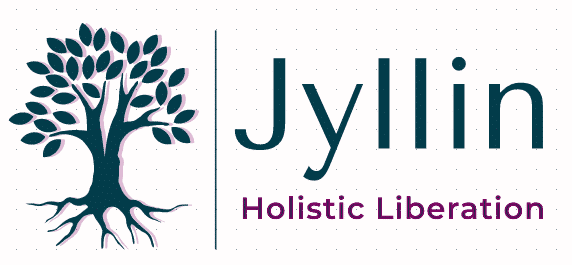“Just breathe.”
This doesn’t work so well when the breath and heart rate have already increased, and adrenaline and cortisol are already pumping — whether chronically or in a tough moment. In that case, “just breathe” doesn’t cut it.
We need to learn how to breathe ourselves out of stress. More importantly, we need to maintain a calmer, less-stressed state overall to prevent the consequences of chronic stress. Ever notice how quickly unchecked stress stirs angry, fearful, negative, or simply downright self-destructive thoughts? And in this process, the breath is stressed.
There are many breathing techniques with varying benefits, but abdominal breathing, or breathing with the diaphragm, is simple and safe for everyone. It pumps fresh lymph to stimulate the immune system and detoxifies the body and mind.
Notice how you’re breathing… and relax.
Begin by taking a moment right now to simply notice how you are breathing, first ensuring that you breathe through your nose. Where does your breath move most — in your chest, in your belly, through the sides of your ribcage?
Now notice if you hold tension anywhere. Can you let it go? As you bring more awareness into your breath, can you feel your shoulders relax away from your ears, your belly soften all the way down into your hips? Can you let your chest and your arms relax? Can you feel your upper back open up, your lower back soften, the back of your neck lengthen?
Within 10 seconds, 30, a minute, let alone five minutes or more, simply bringing awareness into your breath and consciously relaxing can activate your parasympathetic nervous system (PNS), which is calming and promotes rest & digest functions. You also relax your sympathetic nervous system (SNS), which activates fight & flight, stress and anxiety.
Mouth & Chest Breathing Increase Stress & Toxicity

Breathing through the mouth doesn’t utilize the natural filtering system in the nose. This allows more toxins to enter the body. Mouth-breathing often only goes chest deep, which creates stress (and is toxic as well) because it stimulates the sympathetic nervous system. An activated SNS induces shallow, rapid and irregular breathing and limits PNS functions that can result in many health complications from chronic mouth-breathing.
Many people who breathe through the nose only breathe into the chest as well. Breathing in the chest uses only secondary breathing muscles, which creates tension by pulling the shoulders up, creates blockage by constricting space for the lungs, limiting lung and breathing capacity all while activating a stress-response and minimizing function of the PNS, such as slowing down the heart rate and increasing digestion functions.
Breathing with the Diaphragm Releases Stress & Tension (Called Diaphragmatic, Abdominal or Belly Breathing)

To ease stress and anxiety, move lymph, and to easily settle into a meditative state, and all of their consequential health benefits, let’s begin with the most basic and life-altering breathing technique that is safe for everyone:
Breathing with the diaphragm, the largest and primary muscle of the respiratory system that sits at the base of the ribcage and expands out on inhales, and rests back in on exhales.

Place your hands around the belly button and begin by breathing into your hands. Your belly will expand into your hands as you breathe in. As you exhale, your belly relaxes back in.
It is much easier to practice this breathing lying down and may take some time before this breathing feels natural. It is very easy to practice when first waking up or before falling asleep.

It doesn’t matter whether you’re lying down, sitting up, walking, practicing Yoga or any kind of movement, abdominal breathing can be utilized at any moment, with any activity. (except Pilates…!)
You can practice more abdominal breathing as part of a brief, meditation I made for you, and as a foundation of self-care measures to actively move lymph to aid detoxification, doubling the rewards for your efforts.
As always, let me know if you have any questions or feedback on how these tools are working for you by commenting here, or keep in touch by subscribing below.

Jyllin is an integrative health coach and creator of the Holistic Liberation Method that repatterns chronic stress in the body, mind, beliefs, emotions, and lifestyle. Learn more about Jyllin and The Holistic Liberation Programs.
